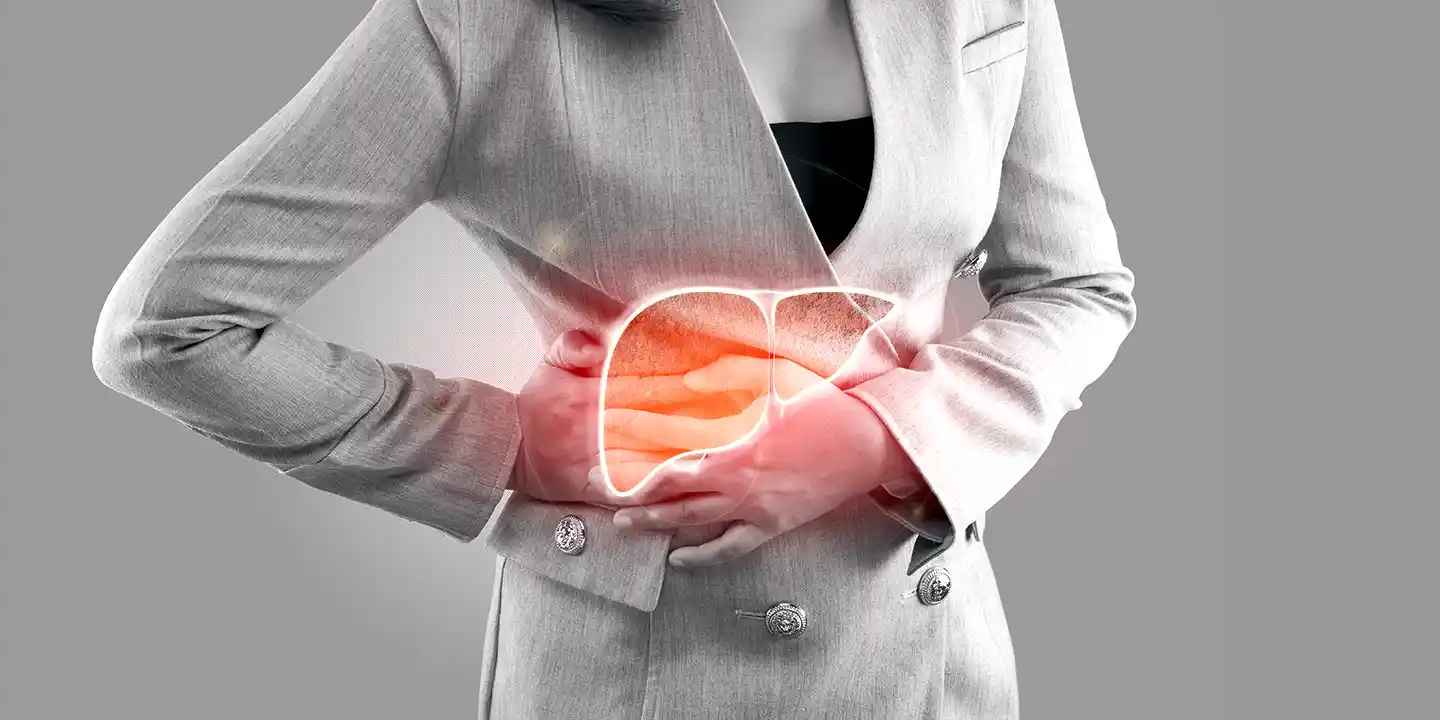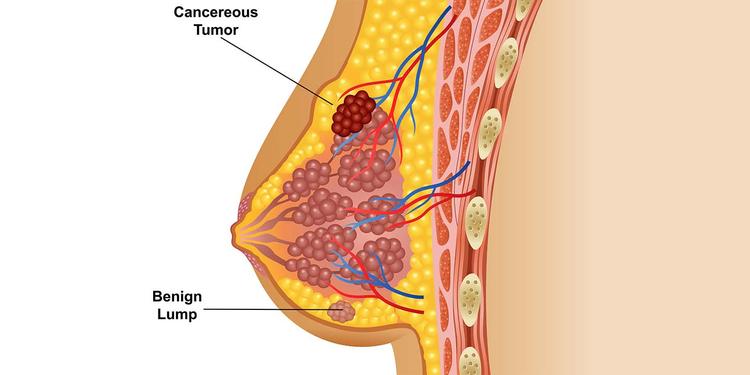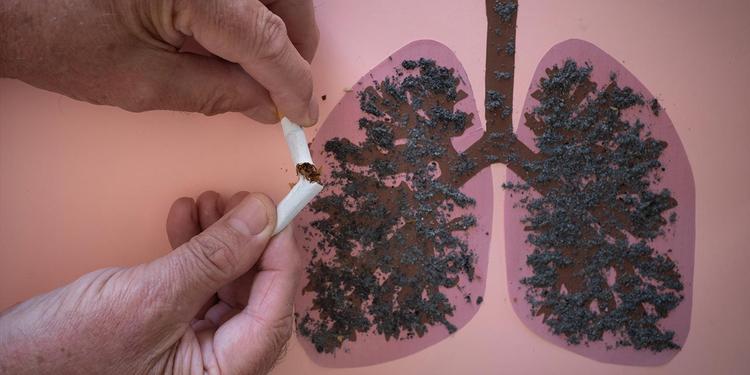A silent pandemic: Non-alcoholic fatty liver disease (NAFLD)

Medically Reviewed By
Dr Divya Rohra
Written By Prekshi Garg
on Jun 13, 2022
Last Edit Made By Prekshi Garg
on Jan 9, 2025

The numbers seem alarming, but the rising incidence of liver diseases points toward a condition called a non-alcoholic fatty liver disease or NAFLD. According to a survey conducted by the Asian Institute of Gastroenterology (AIG), nearly 25% of the urban population and roughly 20% of the rural inhabitants suffer from fatty liver.
Fatty liver disease is a matter of concern. Despite what you think, the signs of loss of appetite, sudden yellowing of the skin, abdominal pain, swollen abdomen or legs are signs of deteriorating fatty liver disease. It needs immediate attention and getting timely testing is the only way to manage the symptoms. What are you waiting for? Schedule your tests without fail.
With an overall 25 to 30% of the worldwide population affected, the prevalence of NAFLD in India is about 40%, and high incidences in places like Chandigarh. However, these statistics are increasing silently and are on the verge of a global pandemic.
Fatty liver disease is the abnormal fat piling up in and around the liver called steatosis. NAFLD is an umbrella of liver disorder symptoms caused due to little or no alcohol consumption. Untreated NAFLD can lead to aggravated and serious health issues such as non-alcoholic steatohepatitis (NASH)- a condition tied with cirrhosis, termination of liver disease, or liver transplantation. NASH can also increase the risk of cardiovascular-related diseases.
Experts believe NAFLD is a consequence of a sedentary lifestyle, high-calorie food consumption, being obese or overweight, diabetes, hypertension, dyslipidemia, and genetics.
To spread awareness and prevent the consequences of the steep rise of NAFLD, on the occasion of NASH (Nonalcoholic steatohepatitis) day, the Indian Consortium on NAFLD (ICON-D) and NAFLD Task Force launched an 'Action plan for the prevention and control of non-alcoholic fatty liver disease in India' through lifestyle and dietary changes.
NAFLD symptoms to look out for
Fatty liver disease usually comes with no or negligible symptoms. However, you will need to check with your physician if you observe more than one of the following NAFLD symptoms.
- Extreme Fatigue,
- Pain or discomfort in the upper right part of the abdomen,
- A feeling of fullness in the right side of the abdomen
- Bloating,
- Swelling of arms and legs,
- Loss of appetite,
- Confusion in mind,
- Change in skin colour.
Here are some of the signs and symptoms of NASH, liver inflammation, and cirrhosis.
- Abdominal swelling (ascites),
- Blood Vessels swelling or enlargement,
- Spleen enlargement,
- Palms turning red
- Jaundice- yellowing of the skin and eyes
What are the possible causes of NAFLD?
The exact reason for fat accumulation in the liver is not known. With a limited understanding of how the non-alcoholic fatty liver condition progresses to cirrhosis, experts believe both NAFLD and NASH are triggered by certain risk factors such as:
- Being overweight or obese
- Insulin resistance- where the cells develop resistance to insulin and cannot take up glucose from the bloodstream,
- Diabetes or prediabetes
- High cholesterol or triglycerides in the body
- Dyslipidemia-deranged blood lipids
- Genetic predisposition- family history of fatty liver condition or cirrhosis. pnpla3 and Tm6SM2 genes in Indians can increase fatty liver disease possibilities.
These risk factors promote fatty liver conditions. And for some, the fat deposition in the liver cells acts as toxins leading to fluid accumulation in the peritoneal tissues, inflammation, scarring (cirrhosis), and NASH.
Screening/ Diagnosis of NAFLD
As NAFLD, in most cases, causes no symptoms, it is diagnosed incidentally. If you experience symptoms or signs indicating NAFLD, you need to consult a physician who will guide you through the following diagnostic procedures.
Blood tests
- Complete blood count- CBC test,
- Liver function tests- measures the liver enzymes like ALT, where alanine aminotransferase high means liver damage,
- Tests for hepatitis A, hepatitis C, and others,
- Celiac disease screening test- tTG-IgA and total serum IgA,
- Fasting blood sugar,
- Haemoglobin A1C- determines how stable the blood sugar is,
- Lipid profile- Measures fats- cholesterol, and triglycerides
Imaging tests
- Abdominal ultrasound- One of the initial image tests performed for liver disorders.
- Computerised tomography (CT) scan or magnetic resonance imaging (MRI) scan: Scans the abdomen to analyse the liver condition.
- Transient elastography: An advanced ultrasound procedure that measures the liver elasticity indicating the extent of scarring or fibrosis
- Magnetic resonance elastography: This imaging procedure combines MRI with ultrasound waves to create an elastogram indicating the elasticity or firmness of the body tissues.
Liver tissue biopsy
Liver tissue biopsy is performed to examine the liver tissues in the laboratory to detect the liver conditions. The liver tissue extraction for biopsy involves a transabdominal needle perforation into the liver.
Prevention and treatment plan for NAFLD
Grade one fatty liver causes fat deposition around the liver and usually does not interfere with liver functioning. For questions like- how to reverse fatty liver grade 1, here are some of the lifestyle amendments and medicinal remedies.
Lifestyle Changes
- Weight loss programs through physical activities.
For people who are overweight, weight loss is the primary goal to reduce the symptoms and risks of NAFLD.
And for people unable to reduce weight naturally, losing weight through surgery may be an option.
- Choosing a healthy diet filled with whole grains, fresh fruits, and vegetables. Low carbohydrate, sugar diet where counting calories is a must.
- Maintaining an active lifestyle with a minimum of 30 minutes of exercise every day.
- Medications for diabetes control and taking care of diabetes, hypertension, and high cholesterol levels.
- Do not stress your liver. Avoid drinking alcohol, unwanted over-the-counter medications, or herbal products that can affect liver health.
- Limit Caffeine or coffee intake that can influence liver damage.
Medications and Therapies
Though diet and lifestyle remain the mainstream treatment for NAFLD, prescribed medications include lipaglyn for fatty liver- the fatty liver tablet can reduce fat depositions and improve liver health while decreasing the risk of liver failure.
Other supplementary beneficiaries include vitamin E for fatty liver. Vitamin E is antioxidant-rich that can help protect the liver by reducing damaging inflammation.
The new treatment for fatty liver disease includes pharmacotherapy with vitamin E and pioglitazone, which offer potential benefits. Another novel treatment, obeticholic acid, appears promising but is currently under trial.
For diagnosis of abnormal anti-phospholipids, low doses of blood thinners can be a part of anti-phospholipid syndrome treatment that can reduce liver cirrhosis and liver transplant possibilities.
And for end-stage liver cirrhosis or NASH, liver transplantation can be a potential treatment option.
Frequently Asked Questions
-
Is Grade 1 fatty liver reversible?
Yes, Grade1 fatty liver can be reversed if detected and treated at an early stage. A healthy diet and an active lifestyle can decrease the progression of grade1 fatty liver disease.
-
Is Non-alcoholic fatty liver disease serious?
Non-alcoholic fatty liver disease (NAFLD) is a spectrum of liver conditions that can lead to serious liver issues, including cirrhosis, if not diagnosed and treated early.
-
Is fatty liver condition painful?
Fatty liver can cause dull pain in the upper right part of the abdomen. The fatty liver condition can get painful over time.
Conclusion
Non-alcoholic fatty liver disease (NAFLD) is a range of liver conditions affecting people who consume very little or no alcohol. This condition results in excess fat accumulation in the liver, affecting nearly one-fourth of the world population.
Low grade or grade1 can be treated with minor lifestyle changes and healthy food habits. But untreated NAFLD can develop serious versions of non-alcoholic steatohepatitis (NASH) or liver failure. The liver damage in these situations is similar to that caused by acute alcohol abuse.


